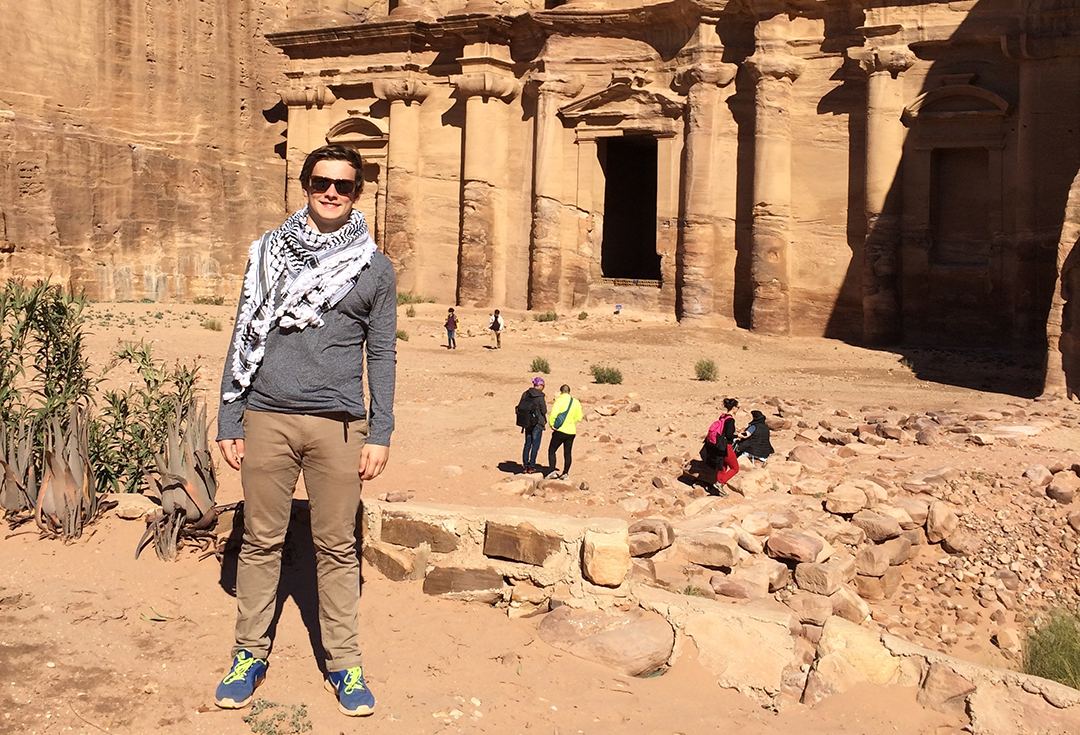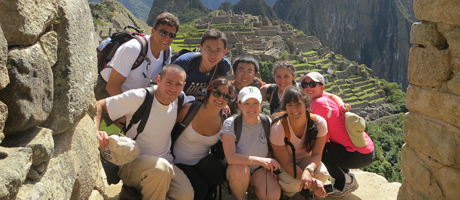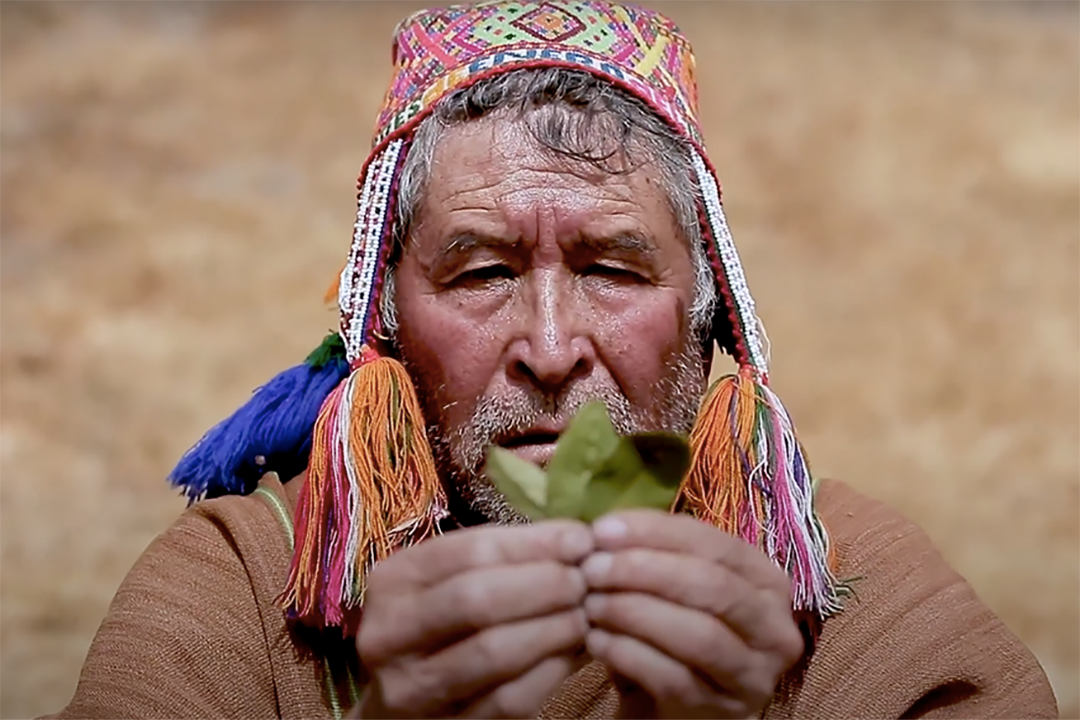The tourism industry has been making a comeback since the COVID-19 pandemic, and for states that receive a lot of visitors, there are many benefits including a boost in economic revenue and job creation.
But some communities that haven’t been fully benefiting from the booming travel industry include Tribal Nations across North America.
Beth Wright, M.A.’ 21, has dedicated a lot of her career to helping Indigenous communities explore opportunities to boost tourism in their areas while still protecting the integrity of their culture and heritage.
“I think tourism is really about what that means for people within their community and within the environment that they love,” Wright said. “I think the more we invest into people, the better the outcomes will be for tourism.”
She is a program manager for the South Dakota Native Tourism Alliance. She helped to launch the project through the George Washington University International Institute for Tourism Studies as a graduate research assistant.
The Tourism Alliance started in 2019 with technical assistance from the International Institute for Tourism Studies that brought together representatives from the nine federally recognized Tribal Nations and industry professionals in South Dakota to discuss how to responsibly develop and manage tourism on tribal lands. The initiative was started with funds from the NATIVE Act.
Wright said the first goal was to determine whether people from the Tribal Nations wanted to explore the development and management of tourism on tribal lands.
What followed were a series of strategic meetings, initially in-person and then virtual during the height of the COVID-19 pandemic, to discuss ways to expand tourism opportunities on tribal lands in a way that uplifted the voices and perspectives of residents in Indigenous communities.
Wright said while there was excitement about expanding tourism opportunities on the reservations, several people were also hesitant at the idea.
“It was mixed,” Wright said. “There are some folks that were excited about the opportunity to create new businesses. On reservations, there are many small businesses, many of which are informal. And it can be a challenging place to run a business. And so, folks were excited about new employment opportunities.”
At the same time, many people shared concerns during the meetings. Wright said some residents were cautious about welcoming visitors into the reservation communities because of protected sites and rituals performed that wouldn’t be appropriate for tourists to attend.
It requires intentional and consistent management, Wright said, to ensure visitors are respectful of the cultural values and assets of the tribal lands they visit.
Through the collaborative meetings, the tourism alliance produced the Native American Tourism Development & Management Plan South Dakota 2020-2025, a five-year plan that features a wide range of infrastructural projects, tourism attractions and product development initiatives along with community and entrepreneurship opportunities.
The group also created a visitor etiquette guide to help educate visitors on how to appropriately engage with Native American community members and what to do at events and protected sites.
Wright said there are so many beautiful destinations within these Indigenous communities that offer endless activities. One of her favorite experiences has been attending powwows, also known as wacipis, which are large community festivals that feature traditional dances, food and games.
“These tribal lands are a beautiful place with a lot of expansive land,” Wright said. “I firmly think any traveler would gain value from visiting, whether to see the culture, history, or modern-day art. There’s also plenty of beautiful land for people to go hiking and do river activities. There's something for everyone.”
In partnership with the South Dakota Native Tourism Alliance, the South Dakota Department of Tourism created a guide to help people find Native American attractions and experiences throughout the state. Wright encourages tourists to visit the guide to help plan their trip.
Stephanie Gerson, a graduate research assistant at GW, is managing one of the flagship initiatives of the International Institute for Tourism Studies—the Indigenous Tourism Collaborative of the Americas (ITCA).
She said their goal is to use tourism as a tool to help tribes across both North and South America generate income and the opportunity to share their natural and cultural resources.
What happens in some cases, Gerson explained, is even in countries that receive a lot of tourism, it doesn’t trickle down to Indigenous communities.
The ITCA has brought together groups across the Americas that include Indigenous tourism organizations, travel entrepreneurs and academics to find solutions and create opportunities for sustainable tourism.
Their work has led to the creation of an extensive Indigenous tourism eLibrary, which contains a comprehensive inventory of tools and information relating to Indigenous tourism.
Gerson said everyone involved in the project is passionate about ensuring the decisions being made reflect the voices of native community members.
“It’s important tourism in Indigenous communities is run by the Indigenous communities themselves,” Gerson said. “And if the people can control and manage the tours, they will reap the economic benefits the most and tell their stories themselves.”





